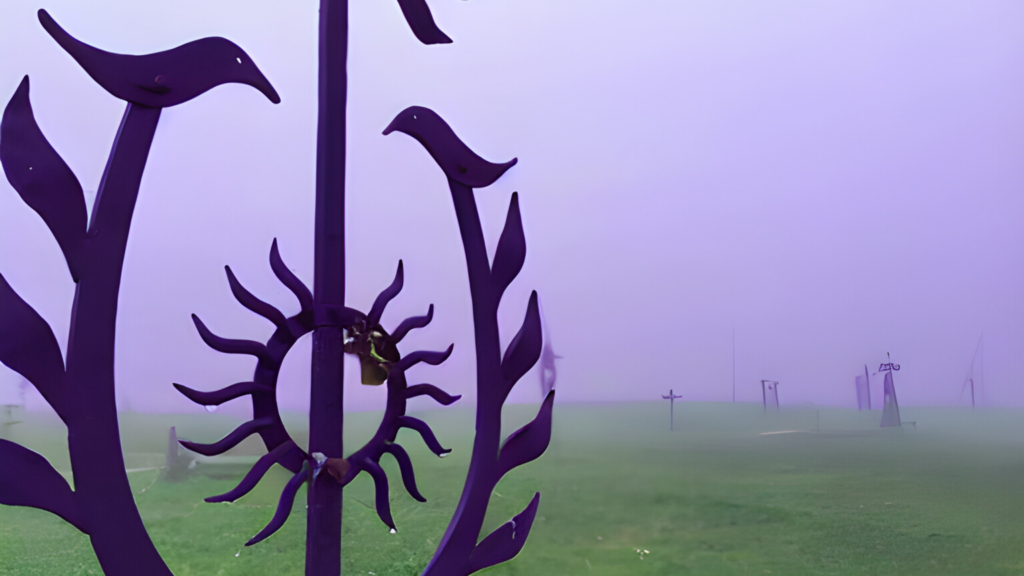
Artistic Expressions in Ancient Baltic Culture
Baltic art provides vivid insights into the cultural and religious life of the ancient Balts. Much of our understanding of Baltic art comes from objects unearthed in graves and communal sites—each piece reflecting both ritualistic purpose and everyday life.
Sacred Sites and Ritual Architecture
Unlike other ancient civilizations, the Balts did not build stone temples. Instead, their sacred sites were found in nature—forests, hills, and near bodies of water. Important places were marked with stones engraved with symbols or wooden sculptures.
- Alkai – sacred offering sites where an eternal flame was kept burning in the “Aukuras”. These sites were most often established in open areas, such as on high ground or on a hill (often referred to as an “alkakalnis”), in a sacred grove, in a small field, or in a meadow near streams where the sacred tree grew.
- Sacred groves – trees, especially oaks, were considered the dwelling places of gods, and cutting them down was forbidden.
- Hillforts – often associated with divine worship and religious ceremonies.
Wooden and Stone Sculptures
The Balts worshiped their gods by creating wooden and stone sculptures, which were placed in sacred sites, near homes, and even along roadsides as protective and spiritual symbols. These sculptures played a crucial role in religious practices, acting as both representations of deities and as mediums for spiritual connection.
Wooden carvings of the Thunder (Perkūnas), the thunder god, were placed in homes and sacred places to protect against evil spirits and misfortune. These totems often depicted Perkūnas wielding an axe or thunderbolts, symbolizing his power to purify and destroy negative forces.
Another common figure in Baltic mythology was the Laumė—a witch-like spirit associated with fate and nature. Wooden sculptures of Laumė were believed to offer blessings to newborns and protect women in childbirth.
In addition to wooden carvings, the Balts also created stone idols, often placed in natural landscapes such as sacred groves or near water sources. These idols, sometimes referred to as pillars of the gods (dievo stulpai), symbolized various deities and were used in ritual offerings. Some stone idols had facial features carved into them, representing spirits that protected the land and the community.
Jewelry and Metalwork
Baltic metalwork, especially jewelry, played a significant role in expressing religious beliefs. Various symbols were crafted into brooches, pendants, rings, bracelets, and belts, often serving as talismans for protection, luck, and fertility.
- The Sun Symbol – The sun was one of the most revered elements in Baltic mythology, symbolizing life, light, and renewal. Circular brooches with radiating lines, known as “Saulės kryžius” (Sun Cross), were worn as amulets to ensure divine protection.
- The Moon Symbol – Crescent-shaped pendants were associated with the moon and feminine energy, often worn by women to invoke fertility and the favor of goddess Laima, the bringer of fate.
- The Tree of Life – Representing the connection between the heavens, earth, and the underworld, the Tree of Life appeared in various ornaments, symbolizing strength, endurance, and the cycle of life.
- Serpents and Spiral Motifs – Serpents were linked to wisdom and protection, often appearing in jewelry designs as coiled or intertwined patterns. Spirals symbolized eternal movement and the cycles of nature.
Baltic warriors also wore metalwork featuring wolf and bear motifs, reflecting their connection to nature and belief in the spiritual power of these animals as protectors in battle.
Textiles and Weaving
Baltic textiles were not only practical but also a form of spiritual expression. Women, who were traditionally the weavers, incorporated sacred symbols into cloaks, belts, sashes, and headscarves, believing that these motifs had protective powers.
- Diamond and Cross Patterns – These geometric motifs were thought to ward off evil spirits and maintain harmony.
- Laima’s Signs – Patterns representing the goddess Laima often adorned women’s garments to bring luck, prosperity, and fertility.
- Snake and Thunder Symbols – Embroidered or woven into clothing, these symbols invoked protection from Perkūnas, the god of thunder, and were thought to guard against misfortune.
In addition to daily wear, special woven textiles were used in ritual ceremonies and funerals, often accompanying the deceased to the afterlife as a sacred offering.
Pottery and Ceramics
Baltic pottery was not only functional but also rich in symbolic ornamentation. The patterns on ceramic vessels often carried magical significance, believed to protect food from spoilage or bring good fortune to the household.
- Sun and Moon Markings – Just as in jewelry and textiles, these motifs connected pottery to celestial forces.
- Wave and Spiral Designs – These represented the movement of water and air, invoking nature’s power and balance.
- Animal and Bird Symbols – Some pots were decorated with carvings or stamped images of animals, such as horses and birds, believed to be spiritual messengers.
Archaeological findings suggest that some pottery items had ritualistic functions, possibly used in offerings to the gods or ceremonial feasts held during seasonal festivals.
Mythology in Folk Art
Baltic mythology themes were also preserved in folk art:
- Songs and legends – mythological tales about gods, the creation of the world, and natural forces.
- Wood carvings – traditional crosses and roofed pillars decorated with Baltic symbols.
Conclusion
Baltic art was an inseparable part of their religion, helping to preserve their mythological worldview. Although Christianity later replaced many traditions, Baltic symbols, ornaments, and mythological themes have endured in Lithuanian and Latvian folklore, folk art, and modern culture. In my next blog, I will explore how Baltic religion continues to be reflected in contemporary culture and everyday life.
References
- Wikipedia. (n.d.). Žemaičių Alkas. Retrieved from https://lt.wikipedia.org/wiki/Žemaičių_Alkas
- Atostogos kaime. (n.d.). Dievų ir deivių slėnis. Retrieved from https://atostogoskaime.lt/lankytinos-vietos/dievu-ir-deiviu-slenis/
- Lituanistika. (n.d.). Baltų kultūra ir religija. Retrieved from https://www.lituanistika.lt/content/761251
- Baltų kelias. (n.d.). Baltų pasaulėžiūra. Retrieved from https://www.baltukelias.lt/puslapis/baltu-pasauleziura/
- Wikipedia. (n.d.). Baltų mitologija. Retrieved from https://lt.wikipedia.org/wiki/Baltų_mitologija
- Baltų kelias. (n.d.). Baltų menas. Retrieved from https://www.baltukelias.lt/puslapis/baltu-menas/
- Visuotinė lietuvių enciklopedija. (n.d.). Baltų religija ir mitologija. Retrieved from https://www.vle.lt/straipsnis/baltu-religija-ir-mitologija/
- Vykinto keliai. (n.d.). Baltų mitologija. Retrieved from https://www.vykintokeliai.lt/baltu-kultura/categories/mitologija
More From The Author
-
Baltic religion and mythology: An Ancient Spiritual Heritage
The Baltic religion and mythology represent one of the oldest spiritual traditions in Europe, deeply rooted in the history and culture of the Baltic peoples—Lithuanians, Latvians, and Prussians. Despite centuries of Christian influence, many elements of Baltic mythology have survived,…
-
Modern Paganism and Baltic Traditions in Contemporary Lithuanian Life
Paganism, once the dominant spiritual practice in the Baltic region, continues to influence Lithuanian culture today. Despite centuries of Christianization, elements of ancient Baltic traditions remain deeply rooted in national identity, folklore, and everyday rituals. Modern Lithuanians are increasingly embracing…

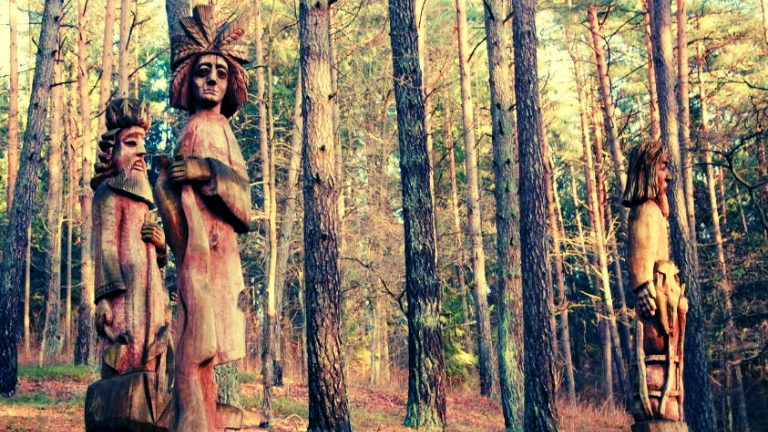
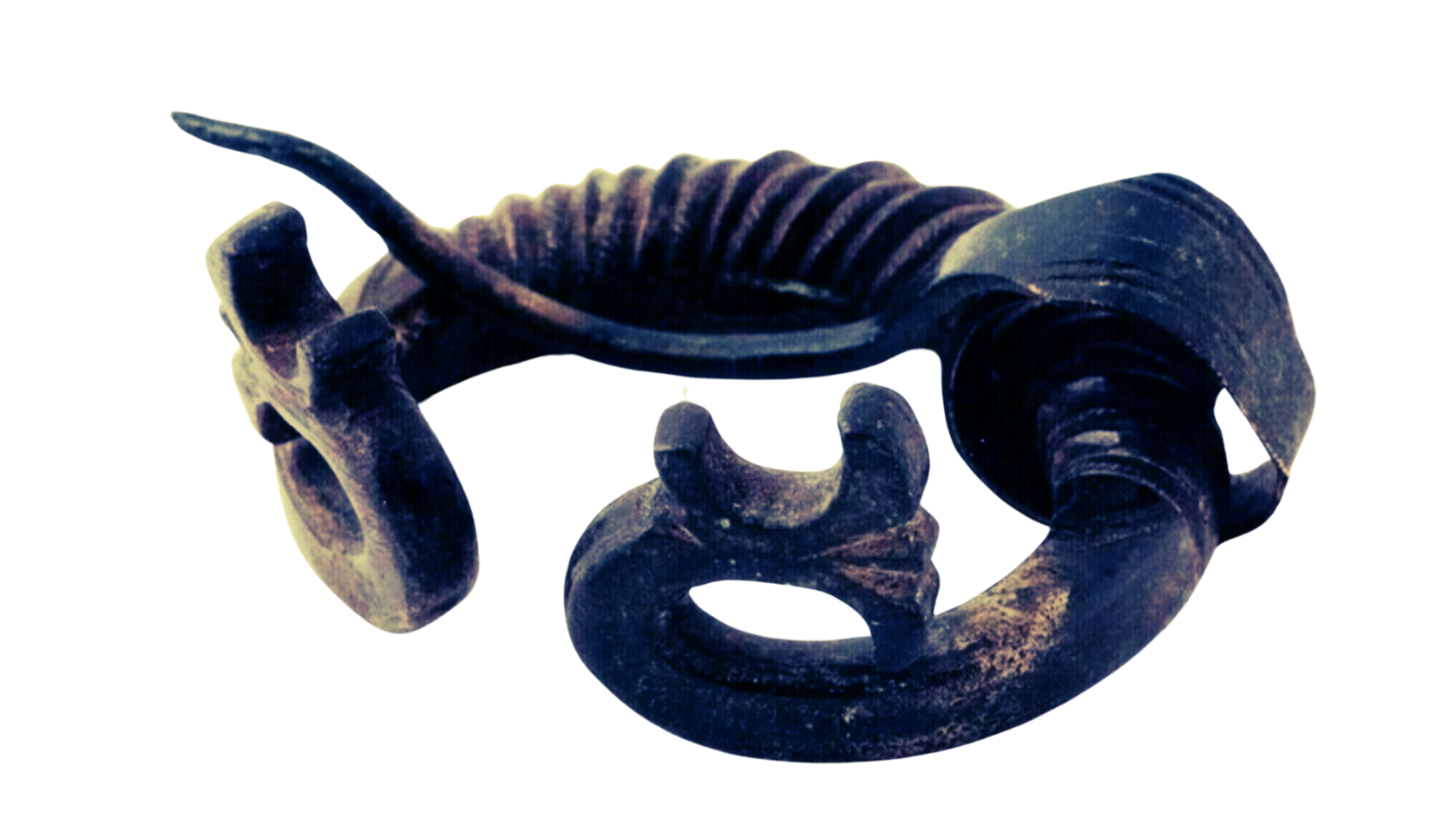

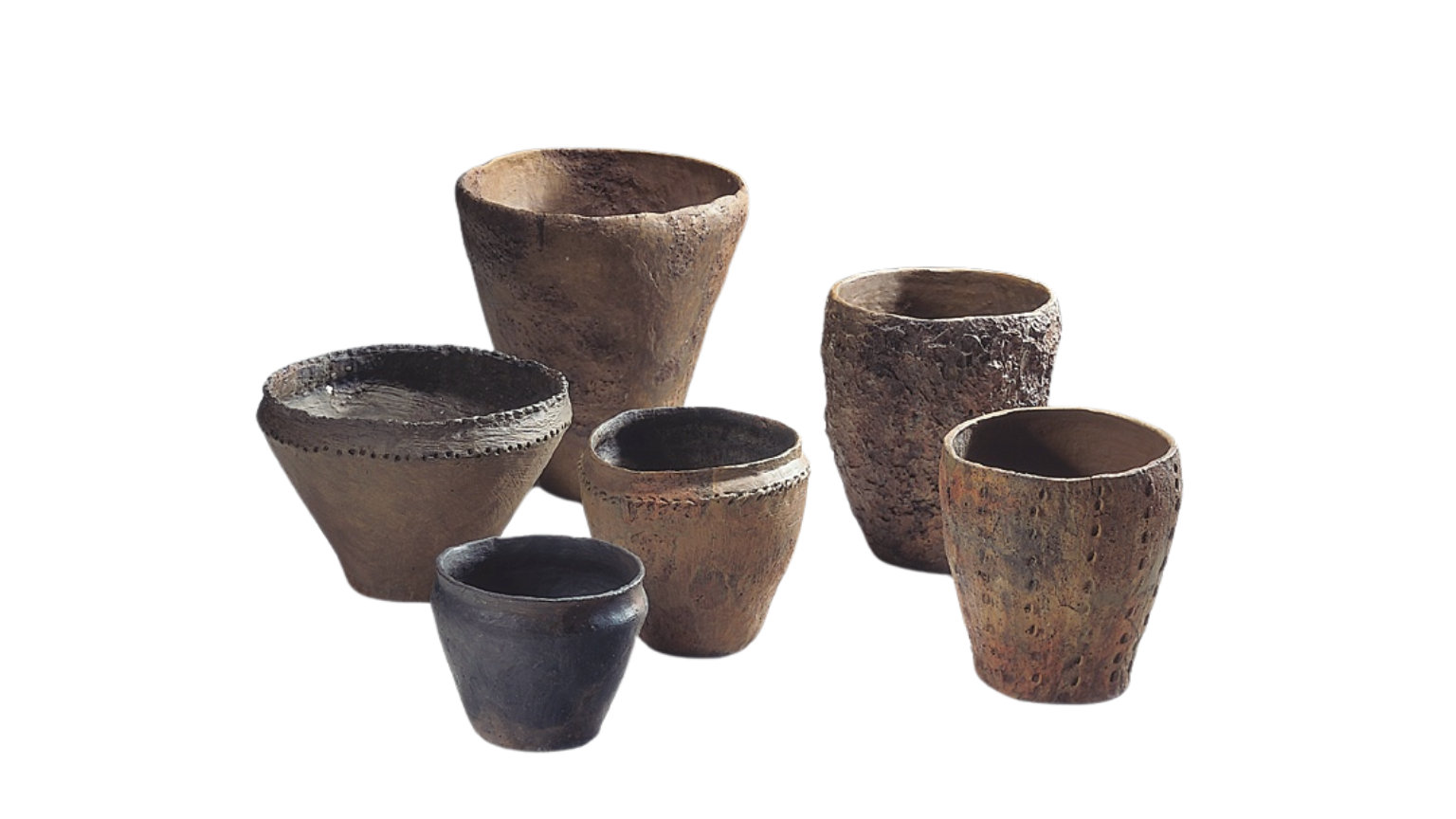



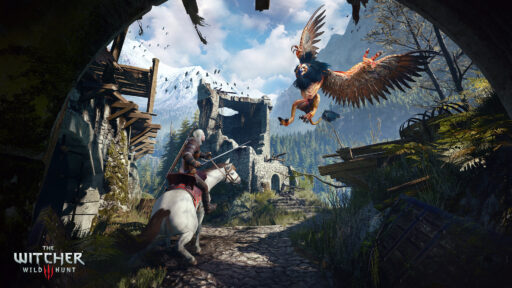
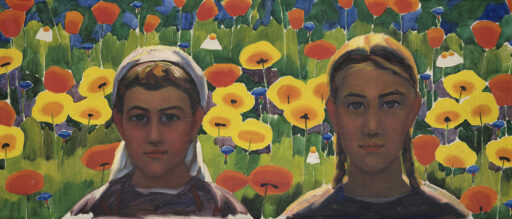


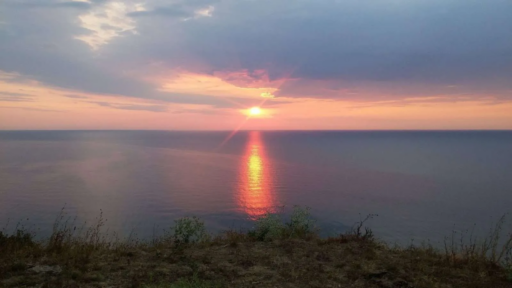
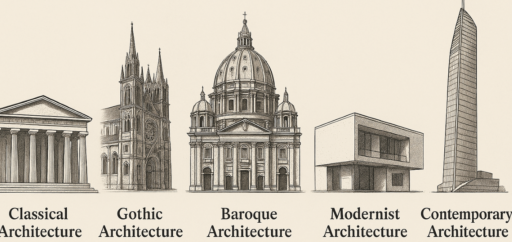
Great work, Gabija!